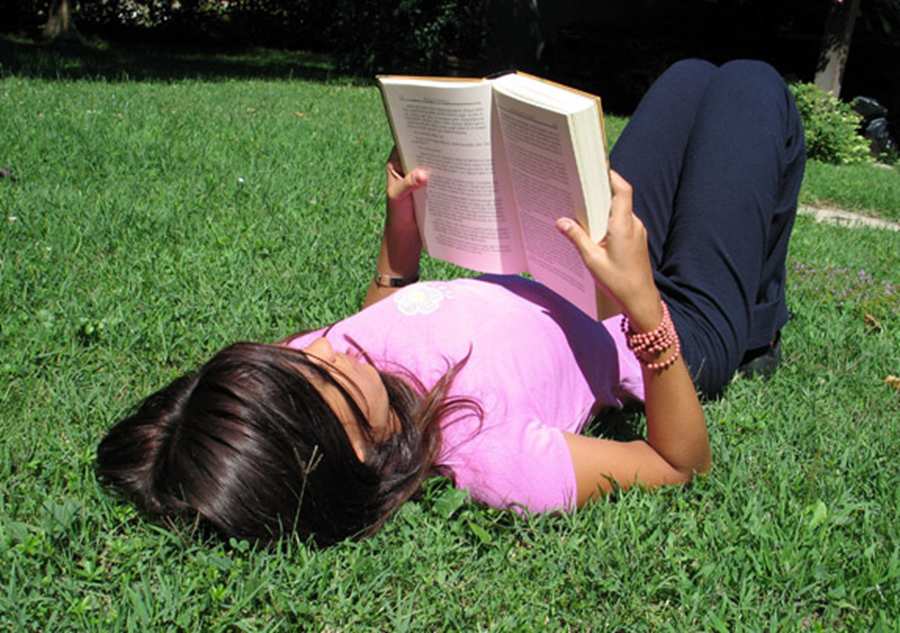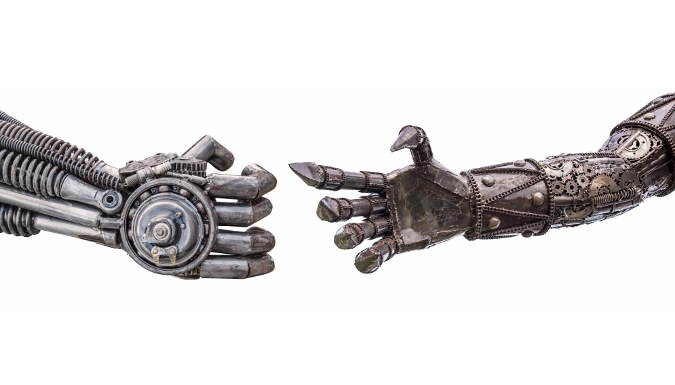Across the nation, libraries receive widespread support from the communities they serve because people understand the value of their local library. Mostly. I mean, almost always. Except for when they don’t….
When your library’s funding is at risk, are you willing to wait idly by and see if people show up at the polls? Or would you like to actively reach out to your more enthusiastic patrons to inform and encourage them to support their favorite public institution?
Patron Voter Analysis, a new app available in Gale’s unique Analytics On Demand product, gives you the tools you need to identify voter households who use library resources and develop targeted contact lists to inform them about pending election issues related to your library funding or leadership ballot issues.
Read moreBring Out the Vote with New Library Advocacy Tool





